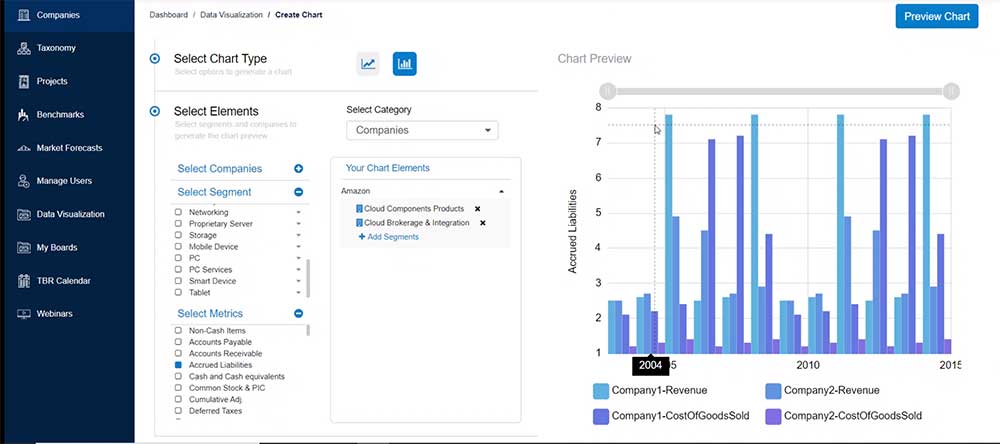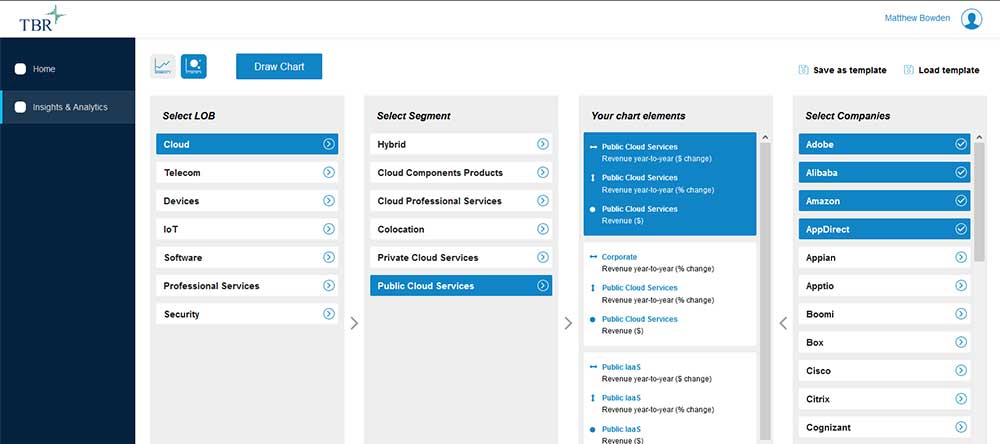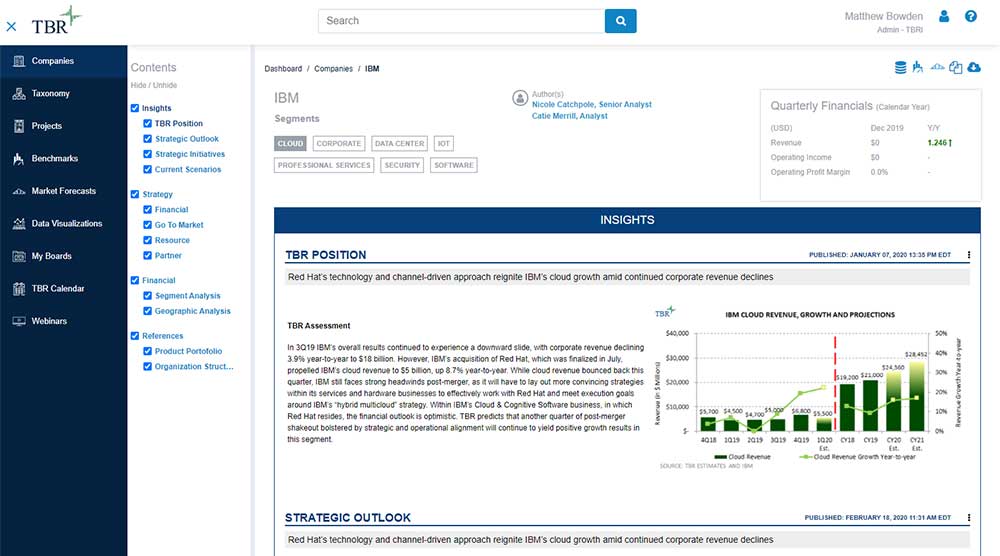With TBR’s Federal IT Services market and competitive intelligence research, understand and build strategies around industry trends to maximize addressable opportunity and minimize disruption as a core industry undergoes unprecedented change.
Gain insight into how defense contractors are going to market, forming alliances, planning for the future and more as they provide solutions and services tailored to customer objectives ranging from night vision goggles and underwater sensors to F-35s and Low-Earth Orbit satellite constellations.
Learn how federal contractors are approaching Joint All Domain Command and Control (JADC2), hypersonic technology, the new age space race, digital engineering and the evolving international defense scene.
A free trial of TBR’s Insights Center platform gives you access to our entire Federal IT Services research portfolio and the ability to customize and curate reports detailing our analysis based on your company’s specific needs. Start your free trial today!
Trends we’re watching in 2025:
- The impact of president-elect Donald Trump’s second term on federal IT spending
- The impact of pesident-elect Trump’s proposed DOGE on federal IT contractors
- How the adoption of AI/GenAI technologies will proceed in federal fiscal 2025 (FFY25)
- The federal IT M&A market
- Whether the bull market that has characterized federal technology spending over the last three to four years will continue in FFY25
- Whether the federal IT labor market will continue to cool in 2025 i competition for talent
- The continuing evolution of alliance relationships between federal systems integrators and commercially focused providers of cloud, analytics and other emerging technologies
Explore TBR Federal IT Services Coverage
Market and competitor benchmarks provide a comparison of vendor performance in a market, including analysis on vendor strategies, financial performance, go-to-market and resource management. The research graphically portrays comparisons of vendors by myriad metrics, calling out leaders, laggards and business models. Defensible, data-informed views of market opportunity and operational best practices are highlighted in each publication. TBR also provides benchmark data in Excel pivot tables.
Current Market & Competitor Benchmarks:
- Federal IT Services Benchmark

TBR’s vendor reports, snapshots and profiles provide deep-dive analysis of a single vendor across corporate strategies, tactics, SWOT analysis, financials, go-to-market strategies and resource strategies. Vendor performance is put in the context of market opportunity and competitive environment and our assessment shows where a vendor will success and its future market position.
Ready to Level Up Your Insights?
TBR’s digital-first competitive intelligence platform, TBR Insight Center™, allows for configured & customized views into IT markets, vendors, alliances and ecosystems.
Benefits delivered through TBR Insight Center™ include:
- Dynamic, configurable platform for TBR’s objective, independent and validated data and analysis
- Customizable views of millions of data points to match your specific needs
- Simple download functionality for customized views of analysis and feeds of data, saving staff dozens of hours per month
- Updates for market disruptions and emerging trends
Already a TBR Classic client but don’t have access to TBR Insight Center yet? Request access today.





HCLTech Heads into 2026 with AI Advantages
/by Jill CookinhamAligning alliance, acquisition and industry strategies around AI and then executing on that alignment should be one of HCLTech’s strengths. Taking full advantage of the breadth and depth of HCLTech’s AI Foundry should be another. HCLTech’s efforts in these areas have positioned it well in a wildly fluctuating market. TBR has written extensively about challenges in the AI space, particularly for IT services companies and consultancies. Based on TBR’s research, 2026 should be a pivotal year for HCLTech.
Will the U.S. Government and Hyperscalers Push the Mobile Industry to the Forefront of 6G?
/by Chris Antlitz, Principal Analyst2025 Brooklyn 6G Summit, Brooklyn, New York, Nov. 5-7, 2025 — More than 300 in-person attendees and 1,600 virtual attendees from academia, technology standards bodies, the public sector, industry analyst firms, network infrastructure and device vendors, communication service providers (CSPs), satellite network operators, semiconductor firms, hyperscalers and other stakeholders of the broader wireless technology ecosystem […]